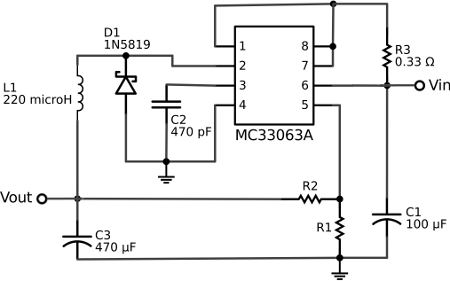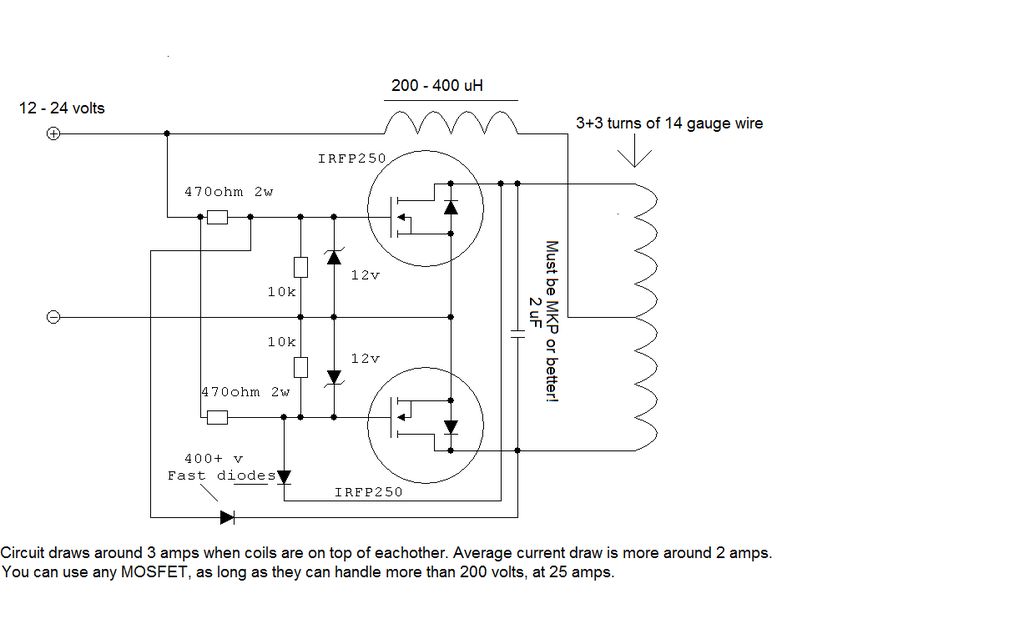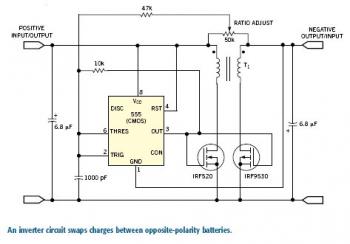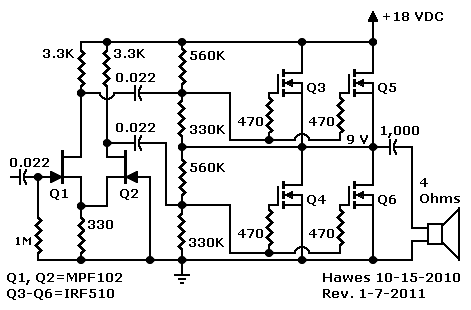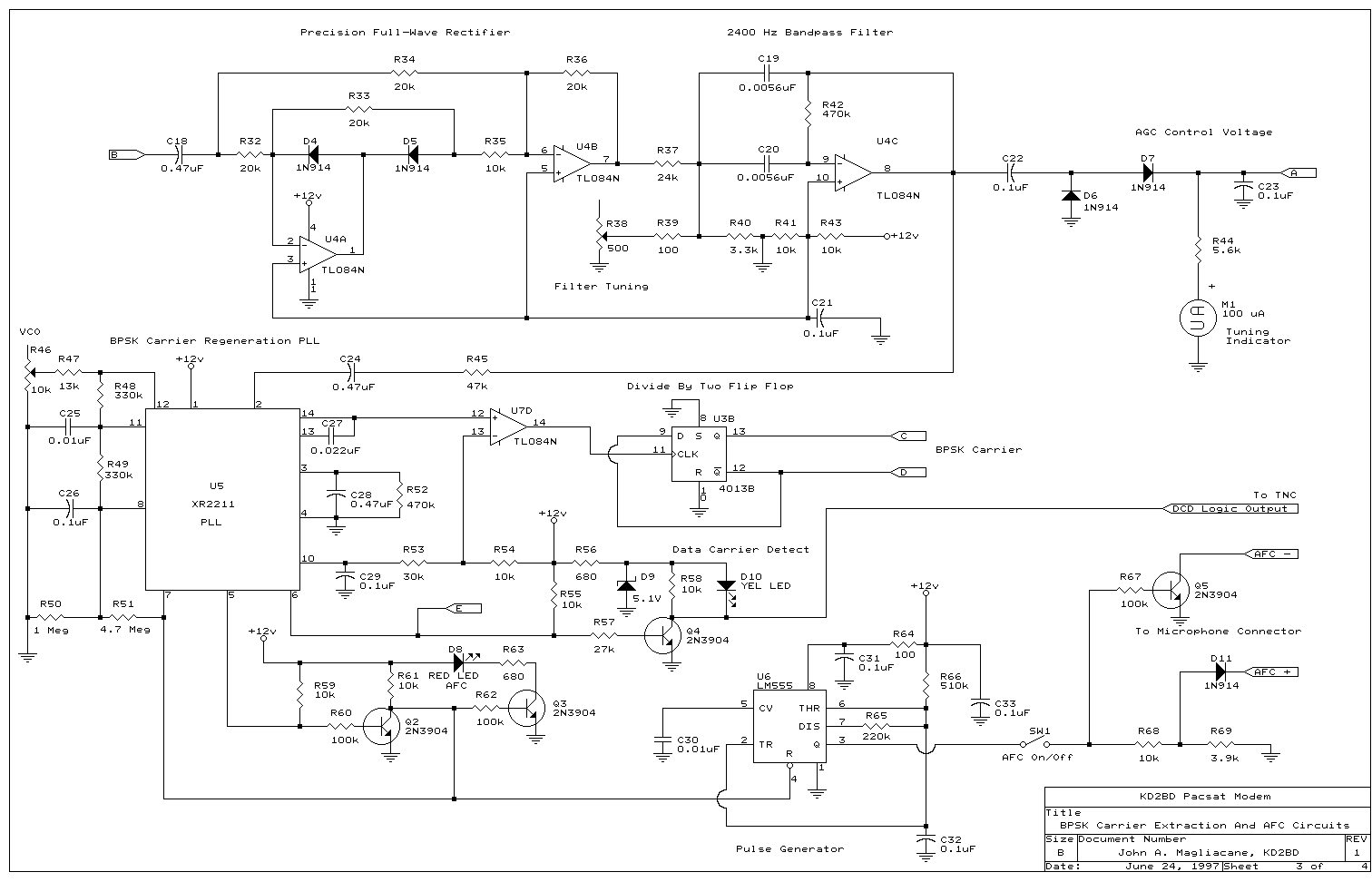
Ncp1027: 16 W 12 Vdc Modem Power Supply
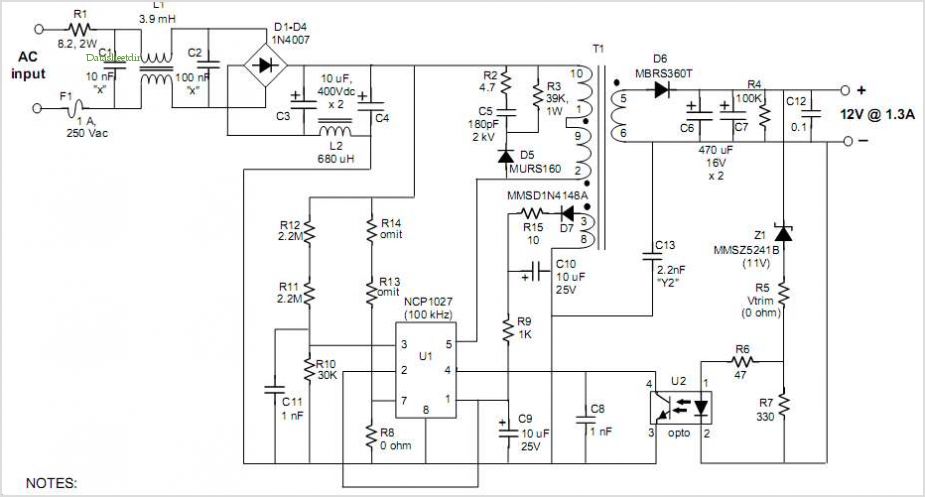
The NCP5080 is a high-voltage boost driver specifically designed for Xenon power flashes. It features a built-in DC/DC converter that utilizes a flyback topology, allowing for the use of an external transformer to meet various high-voltage requirements. An external feedback network enables dynamic adjustment of the output voltage.
The NCP5080 operates by converting a lower input voltage to a higher output voltage, making it suitable for applications requiring high energy bursts, such as camera flash systems. The flyback converter design is advantageous due to its ability to isolate the output from the input, providing safety and flexibility in circuit design.
The external transformer plays a crucial role in the voltage boost process, allowing for customization based on the specific voltage requirements of the Xenon flash application. The choice of transformer affects the efficiency and performance of the circuit, necessitating careful selection based on the application's power demands.
The external feedback network is essential for maintaining stable output voltage under varying load conditions. By adjusting the feedback parameters, the output voltage can be fine-tuned, ensuring optimal performance across different operational scenarios. This feature is particularly important in applications where consistent flash intensity is required.
In summary, the NCP5080 provides a robust solution for high-voltage boost applications, with its flyback converter architecture and external feedback capabilities allowing for flexibility and adaptability in design.The NCP5080 product is a high voltage boost driver dedicated to the Xenon power flashes. The built-in DC/DC converter is based on a flyback structure with an external transformer to adapt any range of high voltage demand. The external feedback network makes possible to dynamically adjust the output voltage. 🔗 External reference
The NCP5080 operates by converting a lower input voltage to a higher output voltage, making it suitable for applications requiring high energy bursts, such as camera flash systems. The flyback converter design is advantageous due to its ability to isolate the output from the input, providing safety and flexibility in circuit design.
The external transformer plays a crucial role in the voltage boost process, allowing for customization based on the specific voltage requirements of the Xenon flash application. The choice of transformer affects the efficiency and performance of the circuit, necessitating careful selection based on the application's power demands.
The external feedback network is essential for maintaining stable output voltage under varying load conditions. By adjusting the feedback parameters, the output voltage can be fine-tuned, ensuring optimal performance across different operational scenarios. This feature is particularly important in applications where consistent flash intensity is required.
In summary, the NCP5080 provides a robust solution for high-voltage boost applications, with its flyback converter architecture and external feedback capabilities allowing for flexibility and adaptability in design.The NCP5080 product is a high voltage boost driver dedicated to the Xenon power flashes. The built-in DC/DC converter is based on a flyback structure with an external transformer to adapt any range of high voltage demand. The external feedback network makes possible to dynamically adjust the output voltage. 🔗 External reference
